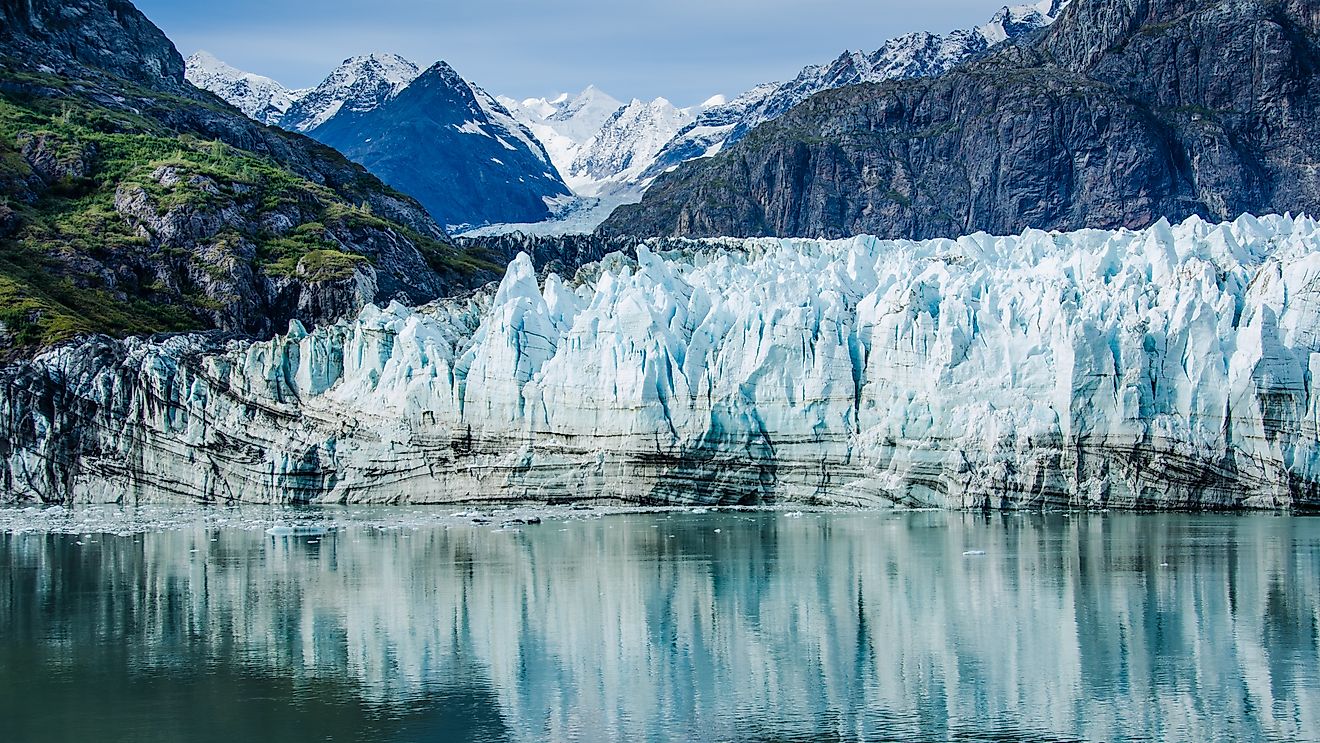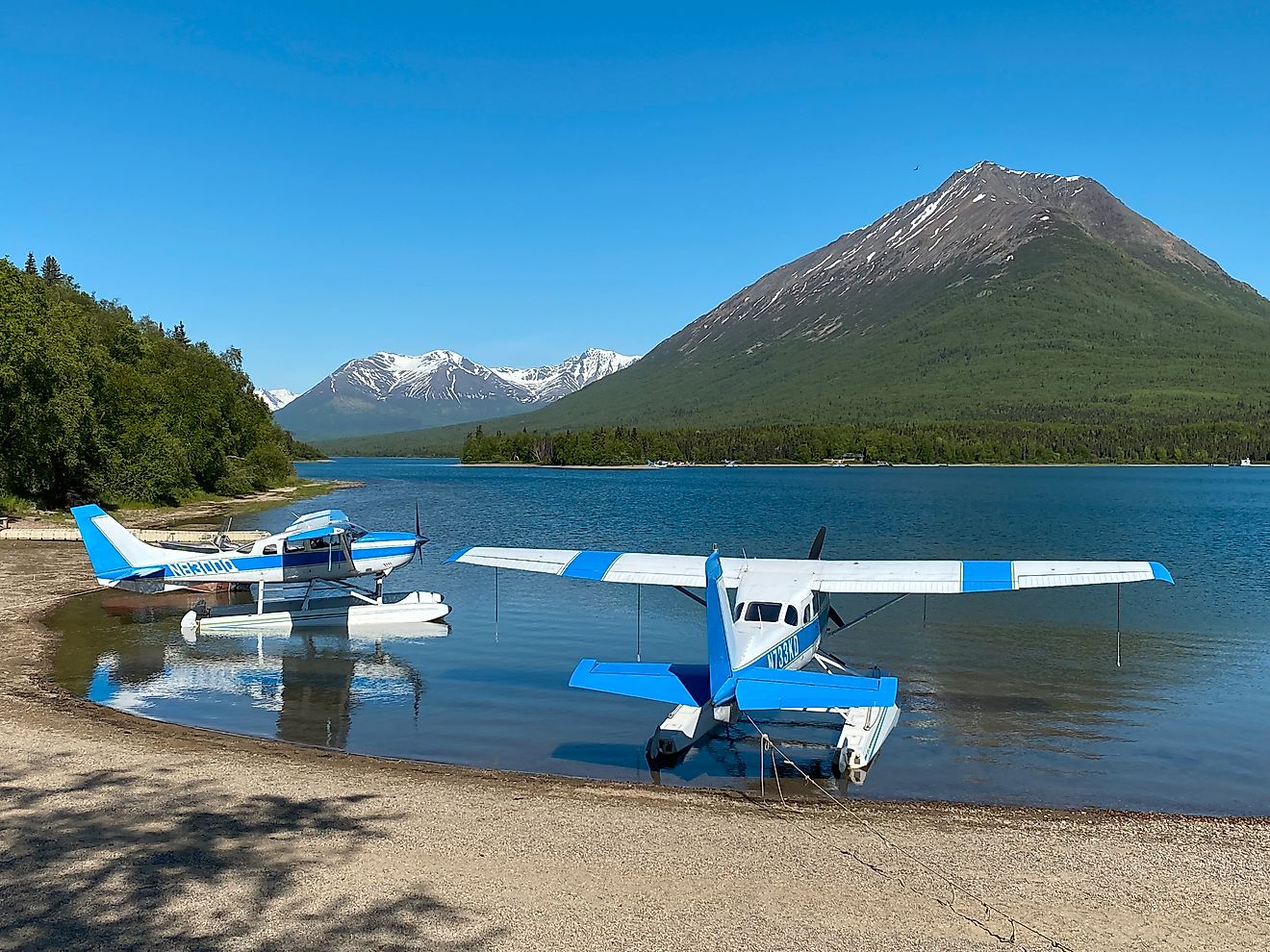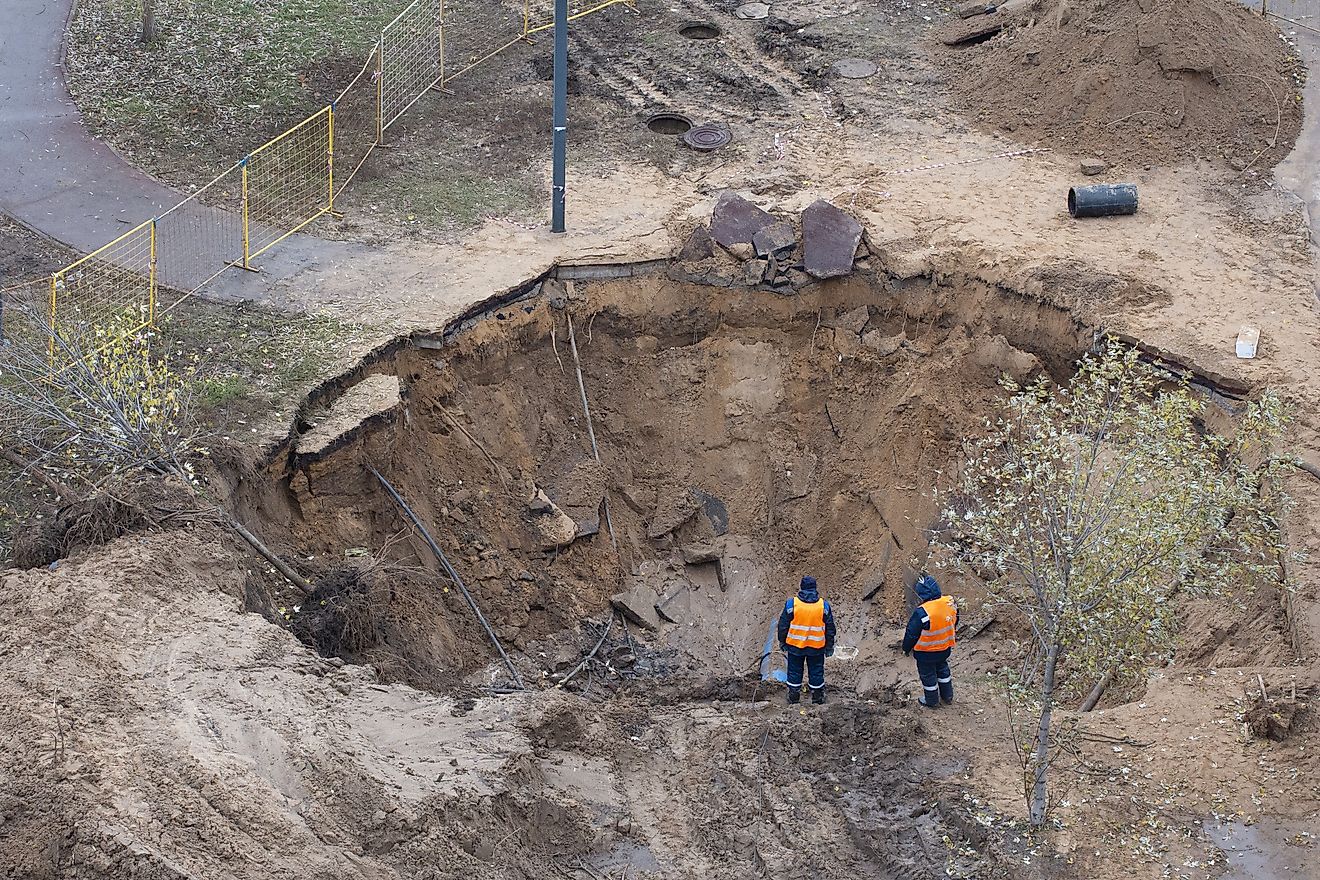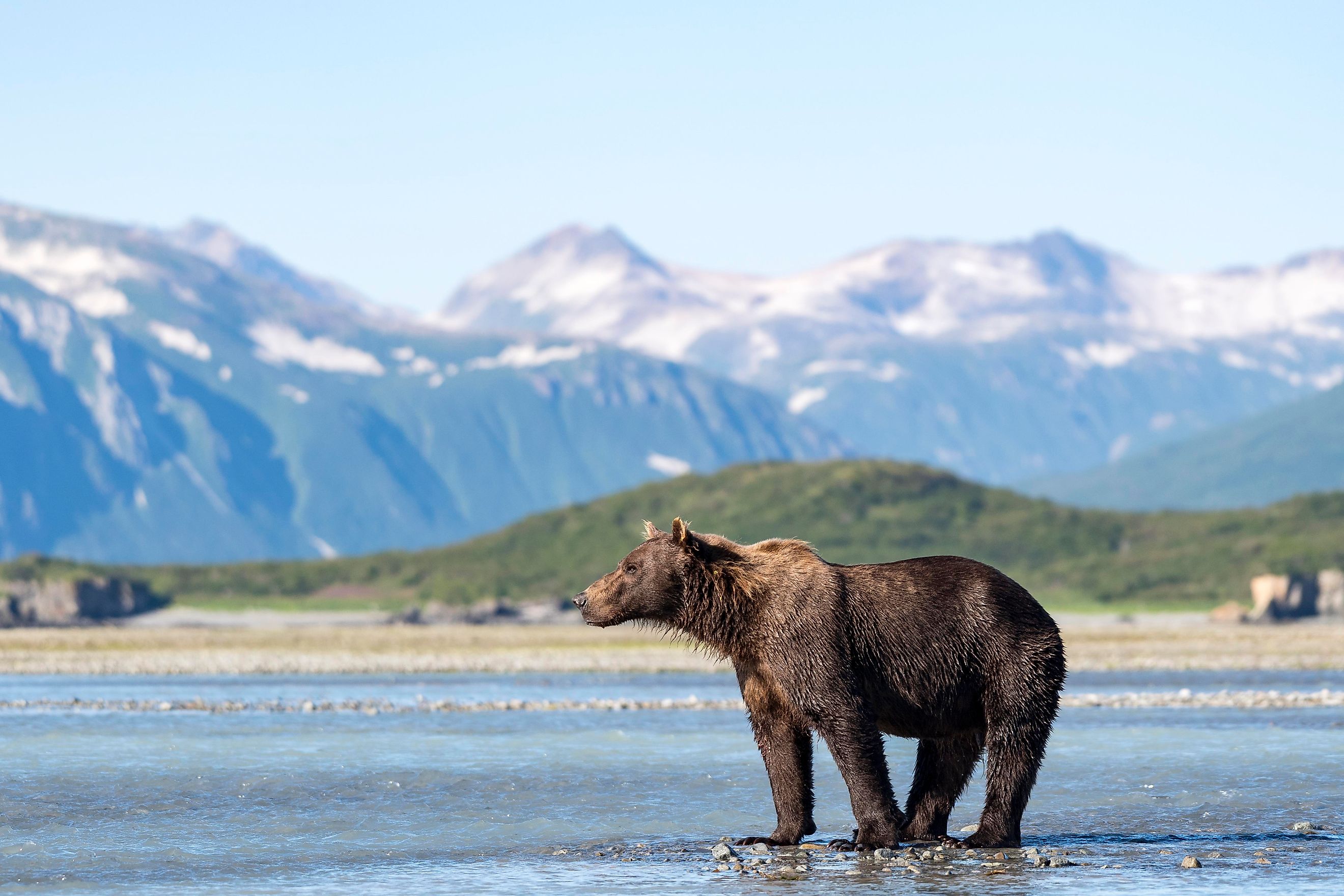
Katmai National Park and Preserve
In the remote southwestern corner of Alaska at the head of the Alaska Peninsula, Katmai National Park and Preserve is one of the most surreal and powerful landscapes in North America. Spanning a combined 6,395 square miles, this sprawling wilderness contains raw reminders of geological upheaval, thriving populations of wildlife, and vast untouched terrain that few people ever see in person.
Best known for its grizzly bears and the volcanic legacy of one of the 20th century’s most explosive eruptions, Katmai is more than just a nature destination—it’s a living laboratory, a wildlife spectacle, and a window into Earth's volatile power. Whether it's the haunting silence of the Valley of Ten Thousand Smokes or the intense, up-close experience of watching a massive brown bear catch salmon mid-leap, Katmai delivers a kind of adventure you won’t find anywhere else.
From Fire to Wilderness: The Birth of a National Park
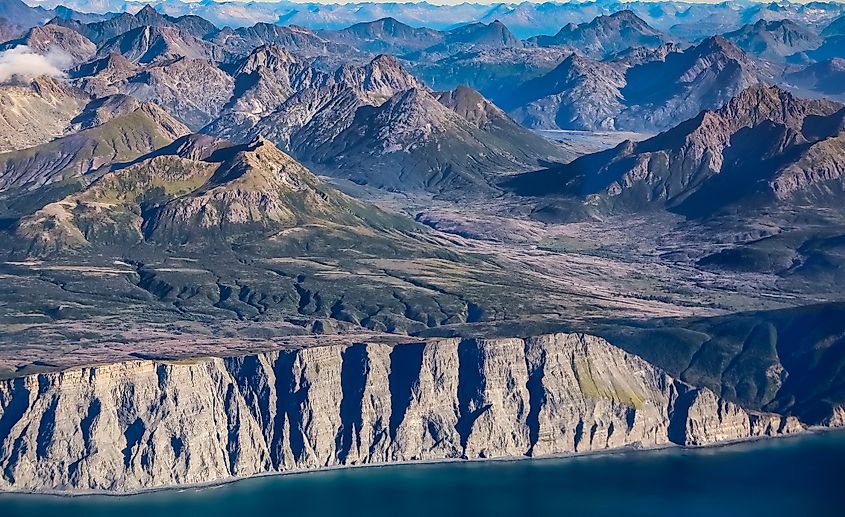
The origins of Katmai National Park are rooted in a catastrophe. In June 1912, the Novarupta Volcano erupted in one of the most powerful volcanic events ever recorded. It was 30 times more powerful than the 1980 eruption of Mount Saint Helens. The eruption spewed over three cubic miles of ash and rock into the atmosphere and transformed a once-verdant valley into a smoking, alien wasteland that would later be named the Valley of Ten Thousand Smokes.
That eruption not only changed the landscape—it changed history. Just six years later, in 1918, Katmai was designated as a national monument to protect the area affected by the eruption. Over the next six decades, the monument’s boundaries expanded several times until 1980, when it was elevated to national park and preserve status under the Alaska National Interest Lands Conservation Act. Today, it protects not only the legacy of Novarupta but also the fragile ecosystems and wildlife that have reclaimed the region.
The Valley of Ten Thousand Smokes

The Valley of Ten Thousand Smokes is unlike any other place on Earth. After the 1912 eruption, explorers arriving in the region found a vast plain filled with ash up to 700 feet thick. Steam vents—or fumaroles—were so numerous and active that the valley appeared to be on fire. Though most of those fumaroles have since cooled and disappeared, the valley remains a jaw-dropping sight: an ash-filled basin carved by rivers and time into steep canyons, barren ridgelines, and twisted rock formations.
The summit of nearby Mount Katmai collapsed during the Novarupta eruption, creating a caldera that later filled with water to form a turquoise-colored crater lake—another hauntingly beautiful remnant of the event. While the Valley of Ten Thousand Smokes no longer “smokes” as it once did, it’s still a destination for hikers, geologists, and the scientifically curious.
Access to the valley is typically via Brooks Camp, followed by a guided bus tour and a hike into the ash-laden landscape. For those who make the journey, it’s a stark and stirring reminder of nature’s destructive—and regenerative—power.
World-Famous Bear Viewing
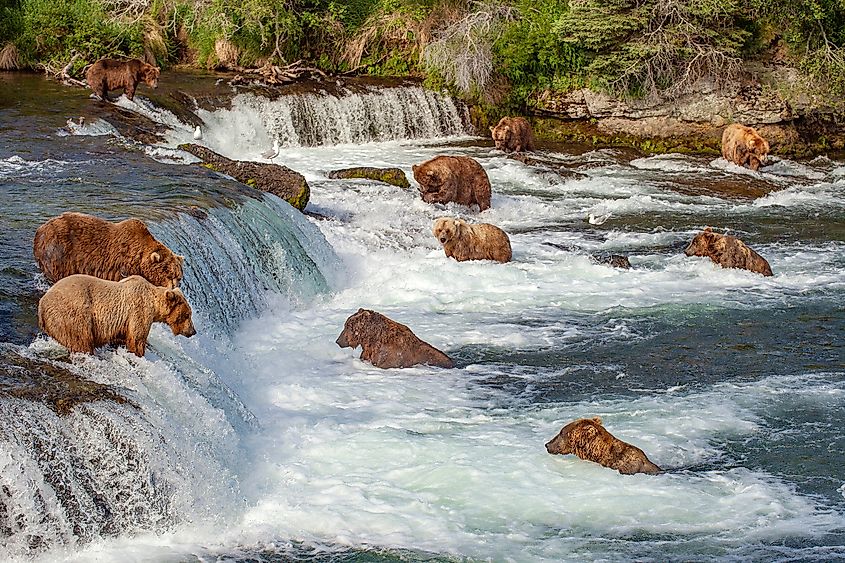
While its volcanic heritage draws geologists and history buffs, Katmai is internationally famous for something else entirely: bears.
Each summer, the park becomes a theater for one of the greatest wildlife spectacles in the world. Along the Brooks River, particularly at Brooks Falls, dozens of massive Alaskan brown bears (grizzlies) gather to catch sockeye salmon making their annual spawning run. Some bears stand chest-deep in the river, swatting at fish with enormous paws. Others perch on rocks at the top of the falls, jaws open, waiting to catch a leaping salmon in midair. And thanks to the park’s bearcams—live-streamed around the globe—millions of people watch this raw display of power and instinct every year.
Brooks Camp is the best-known location for bear viewing, and it’s well-prepared for visitors. Elevated platforms provide safe and unobtrusive vantage points, allowing visitors to witness the action without disturbing the animals. Park rangers are on hand to ensure both human and bear safety.
Beyond Brooks Falls, bears roam freely throughout the park. In fact, Katmai is believed to host more than 2,000 brown bears, making it one of the densest bear populations in North America.
Remote and Untouched
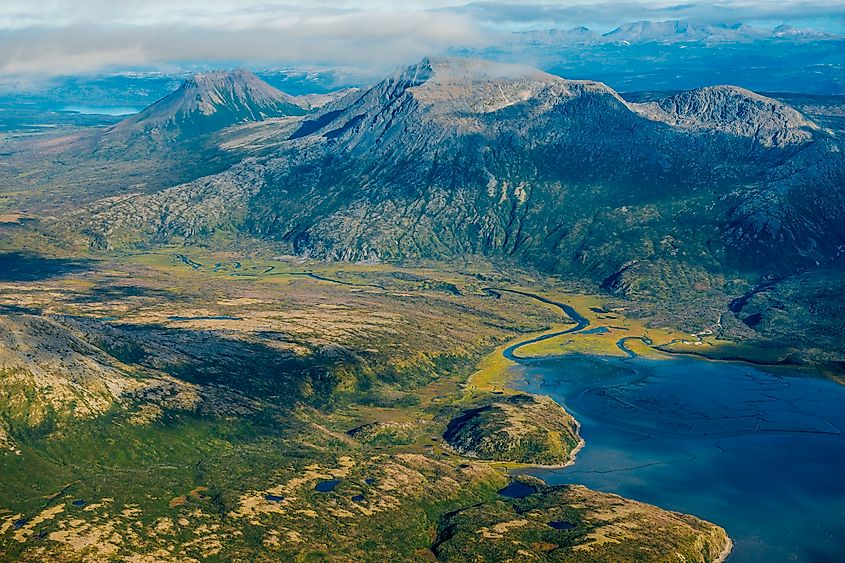
Katmai’s sheer size and remoteness are part of what make it so unique. There are no roads that lead into the park. Access is by air or water—typically via floatplane from Anchorage, King Salmon, or Homer. The park’s main visitor hub, Brooks Camp, sits on the shores of Naknek Lake and offers rustic accommodations and guided excursions.
Outside of Brooks Camp, the park is largely undeveloped, offering a true wilderness experience. Backpackers, kayakers, and bush pilots venture into the backcountry to explore glacial valleys, alpine ridges, pristine rivers, and an undisturbed coastline that features dramatic fjords, sea cliffs, bays, and waterfalls.
For those with the experience and resources to venture deep into the park, the rewards are staggering: solitude, wildlife, and a sense of vastness that is hard to match anywhere in the Lower 48.
A Rich and Recovering Ecosystem
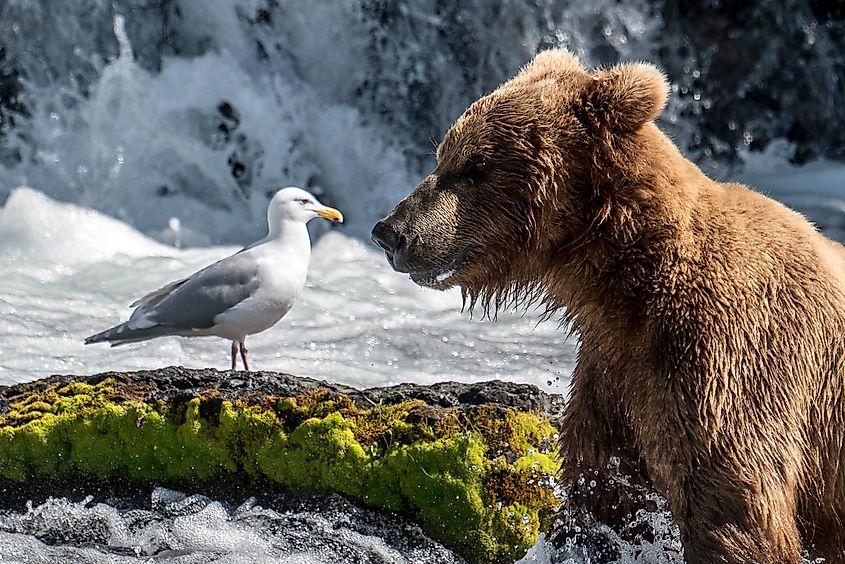
Despite its explosive history, Katmai is a vibrant ecosystem brimming with life. Along with brown bears, the park is home to moose, wolves, foxes, wolverines, river otters, and beavers. Caribou roam the tundra, while more than 220 species of birds—including bald eagles, loons, and peregrine falcons—thrive in the park’s lakes, rivers, and forests.
The park’s aquatic ecosystems are equally rich. Rivers like the Brooks, Naknek, and Alagnak are important salmon spawning grounds and support an abundance of fish and bird life.
Even in the Valley of Ten Thousand Smokes, life is slowly returning. Lichens and mosses have taken hold, and small plants cling to the ashy soil, slowly rebuilding the valley’s ecological layers.
Visiting Katmai: What to Know
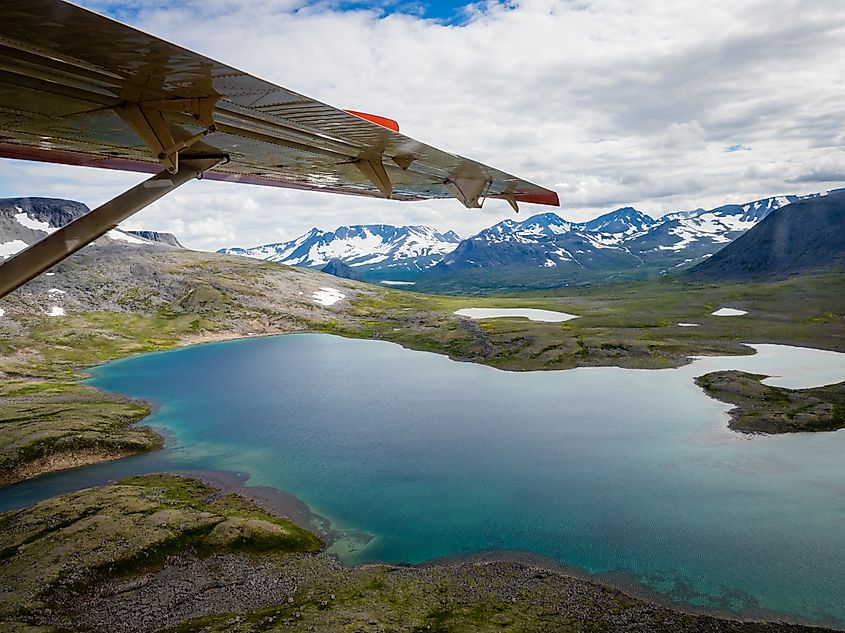
Visiting Katmai requires advance planning, flexibility, and a sense of adventure. Here are a few key things to keep in mind:
-
Access: There are no roads into the park. Most visitors arrive via floatplane from King Salmon, which is itself accessible by commercial flight from Anchorage.
-
Lodging: Brooks Lodge is the primary accommodation inside the park, but spots fill quickly during peak bear viewing season (June–September). Camping is also available, with bear-proof food storage provided.
-
Permits and Safety: Visitors are strongly encouraged to attend the mandatory bear safety orientation upon arrival. Bear spray, awareness, and respect for wildlife distances are essential.
-
Seasonality: The park is open year-round, but summer is the best time to visit for bear viewing and hiking. Weather can be unpredictable, with rain and fog common even in midsummer.
-
Activities: In addition to bear viewing and hiking, visitors can go sport fishing, kayaking, and wildlife photography. Ranger-led tours and flights over the Valley of Ten Thousand Smokes are also popular.
A Park Like No Other
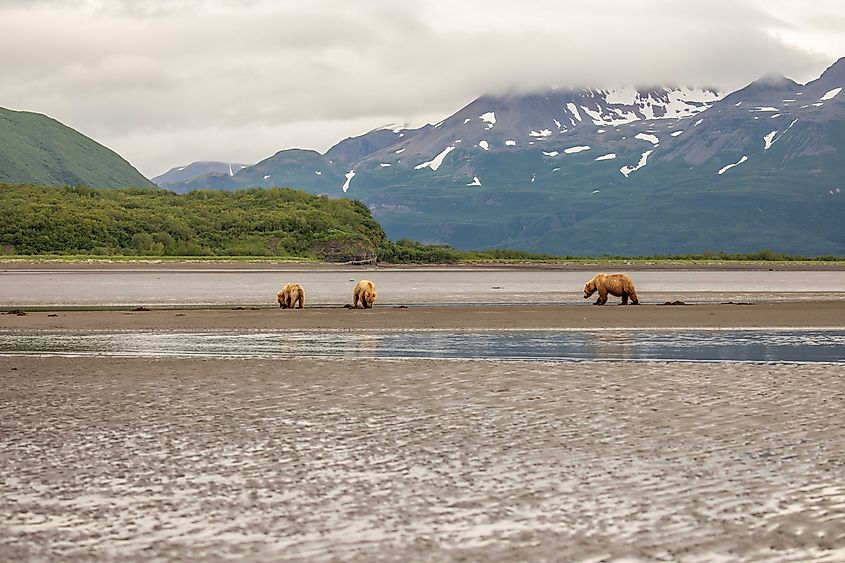
Katmai National Park and Preserve defies easy categorization. It’s not just a wildlife park, a volcano park, or a remote getaway—it’s all of those and more. The park exists in a space where the Earth’s fury and its regenerative capacity meet, where animals roam in landscapes still marked by ancient fire, and where humans are visitors in a land that doesn’t cater to convenience.
For those willing to make the trek, Katmai offers an experience of Alaska that is wild, raw, and unforgettable.
Fast Facts:
-
Established: 1918 (as a National Monument), 1980 (as a National Park and Preserve)
-
Size: 5,741 sq mi (park), 654 sq mi (preserve)
-
Famous For: Brown bears, Novarupta Volcano, Valley of Ten Thousand Smokes
-
Best Time to Visit: June–September
-
Access: Floatplane or boat only
-
Main Visitor Hub: Brooks Camp, Naknek Lake
Q&A
Why is Katmai National Park famous?
Katmai is best known for its large population of brown bears and for the 1912 Novarupta eruption that created the Valley of Ten Thousand Smokes.
Can I see bears at Katmai year-round?
Brown bears are most visible from June through September, especially during salmon runs at Brooks Falls.
How do I get to Katmai?
There are no roads into the park. Visitors typically fly into King Salmon, Alaska, then take a floatplane to Brooks Camp or other destinations in the park.
Is it safe to hike in Katmai?
Yes, but visitors must be bear-aware at all times. Attending the park’s bear safety orientation and following all guidelines is essential.
Can I visit the Valley of Ten Thousand Smokes?
Yes. Guided tours are available from Brooks Camp during the summer months, offering hikes and educational insight into the area’s volcanic past.



